Have a question?

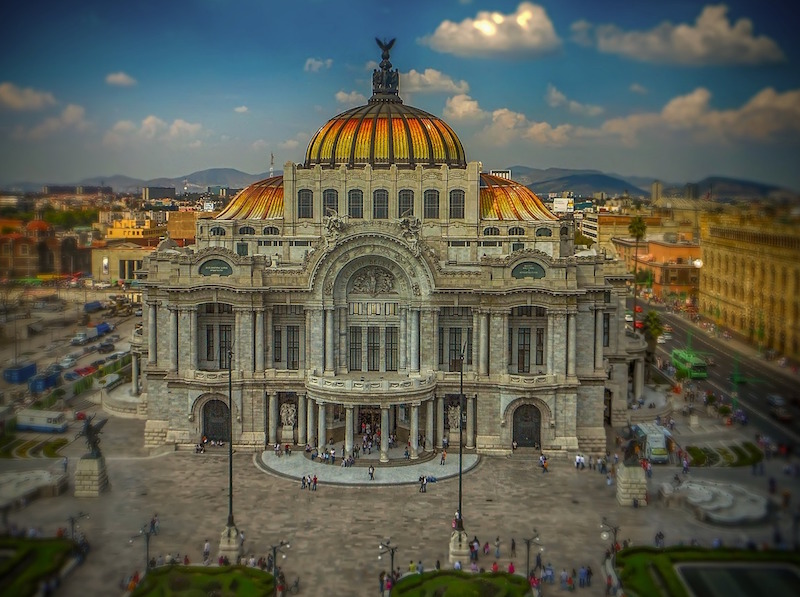
Updated September 11, 2023
Traveling to Mexico City? You're going to have an amazing time, but we know you've got questions. Luckily, we’re here to help.
Here’s the guide to everything you need to know about Mexico City travel in 2024, with information on safety, transportation, and budget, plus tips on where to eat, neighborhoods to explore, and what to pack (and so, so much more). Any questions after reading? You can always feel free to message us!
Got a passport? Then you’re ready to go to Mexico City. Americans traveling to Mexico can spend 180 days in-country on a standard tourist visa (aka the normal stamp you get at the airport).
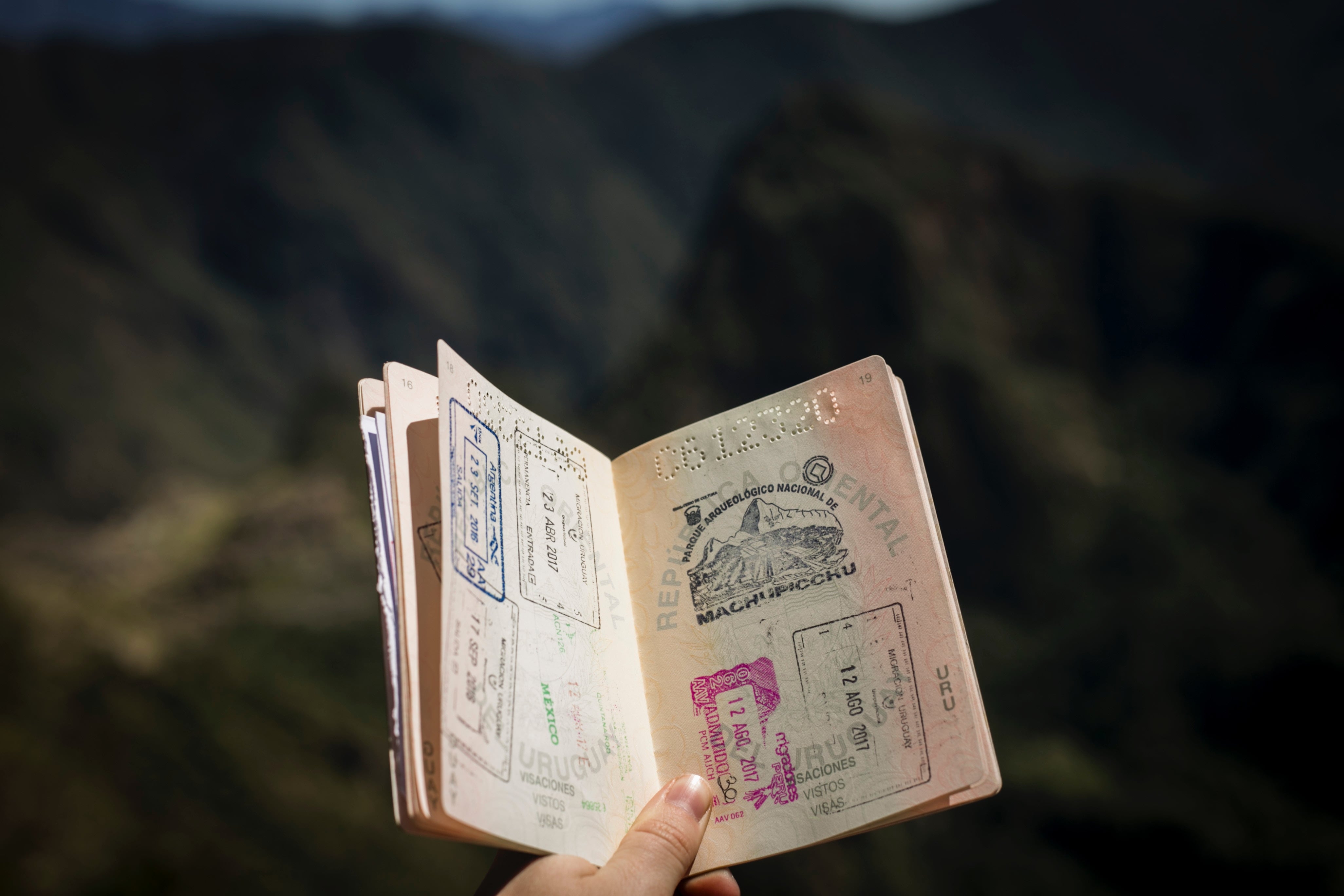
As long as you’re up to date on routine vaccinations, you’re good to go! If you’re planning on traveling way into the countryside, the CDC recommends getting the hepatitis A and typhoid vaccines (which most people already have) in case of bad food or water.
The tap water in Mexico City is, shall we say, dicey. Unless you have an iron stomach, it’s much safer to just buy bottled—it’s quite cheap anyway, almost always less than a dollar. In restaurants, you can ask for agua or filtered water. Most Mexicans don’t drink the tap water either, so you won’t have any problems there. Ice in drinks is likely fine since it’s usually made with filtered water, but if you’re super-concerned you can always ask for drinks without ice (sin hielo).
Pro tip: You *can* brush your teeth with tap water, but you have to be careful not to swallow. It’s easier/safer to just use bottled water for this, too.
$1 USD converts to about 19.3 Mexican pesos (hello, one dollar beers!). With that in mind, it’s super easy to keep meals under ten dollars—especially if you’re indulging in street food (which you definitely should be). How far will your money go? Let’s put it this way—you can buy a big water bottle for (much) less than a Big Mac.
Pro tip: The Mexican peso (Mex$) is Mexico’s unit of currency. That said, it uses the same symbol ($) as the US dollar. Don’t let this confuse will see the “$” sign on menus etc., but it indicates the price in pesos, not in dollars!
Be sure to have plenty of pesos in your pocket—lots of places in Mexico City are cash-only. To be safe, withdraw money from an ATM in a bank (or at the airport) rather than on the street. And be sure to let your bank know about your travel so they don’t put a hold on your account.
Tipping culture is so different around the world, it can be confusing to know what’s normal. In Mexico, a 10% tip is fairly standard. For excellent service, you can tip between 15–20%. A lot of places are cash only, so just leave bills or coins on the table.
Safety is one of the biggest concerns people have before traveling to Mexico City. While it’s true that certain parts of the country should be avoided, Mexico City itself is quite safe. All you have to do is take the same precautions you’d take anywhere else.
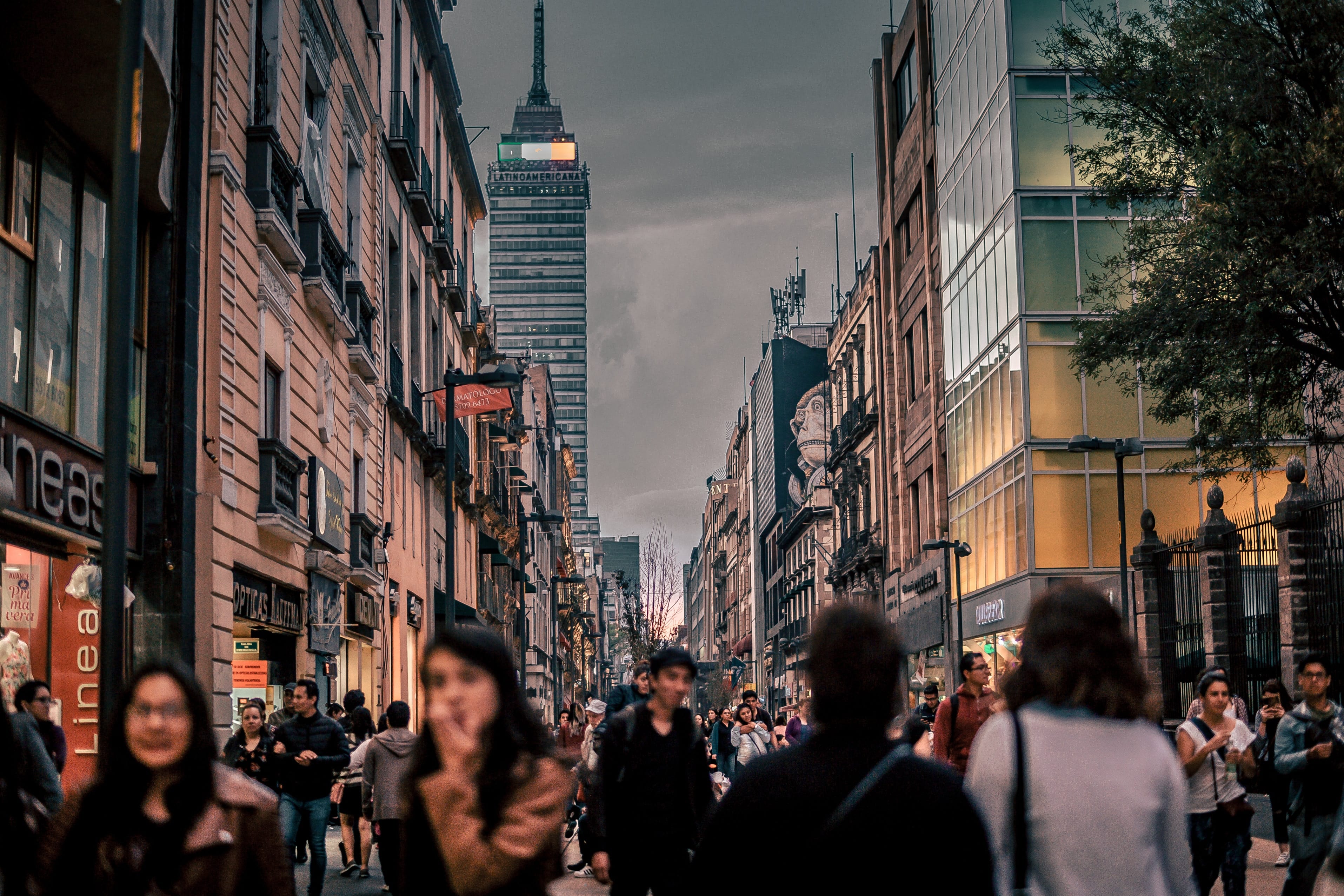
In fact, the US State Department puts Mexico City in the same safety risk category as the UK and France. If you feel good about traveling to London or Paris, then you’ll be absolutely fine in Mexico City.
If you still have questions, here are some helpful tips for keeping safe:
Zika is a risk in Mexico as a whole, but Mexico City is considered safe from Zika. Why? Mosquitos are almost never found at elevations above 6,500 feet—and Mexico City is at such a high elevation (roughly 7,400 feet) that mosquitos are very, very rare. No mosquitos = no Zika. If Zika is still a concern, though, you can always chat with your doctor.
Mexico City is packed with incredible neighborhoods, or colonias as they're locally known—over 350. Here are some of the ones you need to explore:
Centro Historico: Mexico City’s historic downtown center is full of beautiful plazas, fantastic colonial architecture, and plenty of delicious food. It can be sketchy at night, though, especially if you wander away from the more popular areas.
Roma and Condesa: Roma, and its sister neighborhood, Condesa, are the hipster heart of Mexico City. Full of great bars, Art Deco mansions, and vibrant street art, these two neighborhoods are colorful, must-see destinations. Spend an afternoon strolling through their enormous parks, admire the colorful old homes, and indulge in some craft beer. Condesa and Roma are just south of Centro Historico.
Pro tip: Since Condesa and Roma are close to each other, it’s easy to spend an afternoon exploring both neighborhoods. Alternately, they’re fantastic places to !
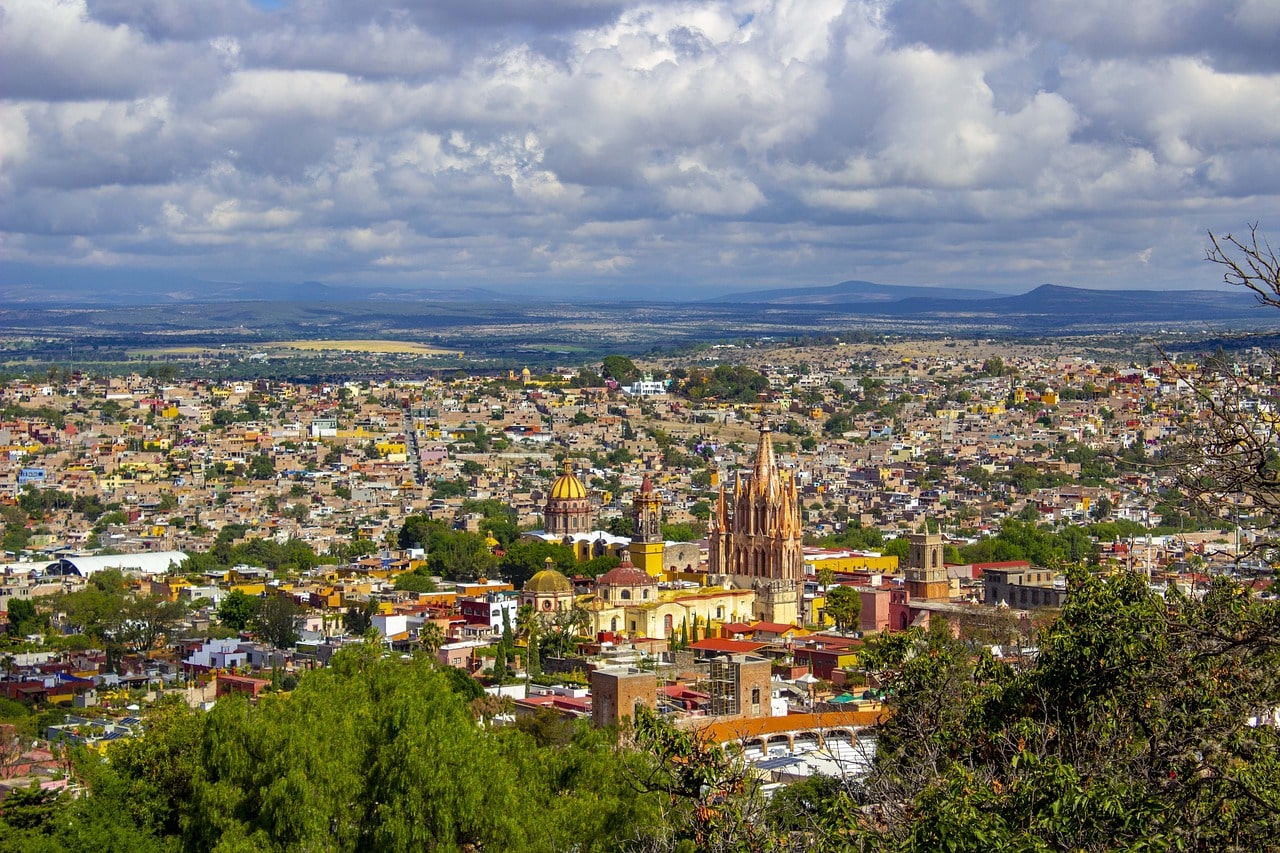
Polanco: If you’re looking for posh, you’ll find it in Polanco. Just west of Centro Historico, Polanco is full of gorgeous parks, world-famous restaurants, and awesome street markets.
Coyoacan: Nestled in a quiet part of Mexico City, Coyoacan nevertheless has tons of great food, beautiful parks, and a fantastic selection of museums. South of Centro Historico, It’s a bit further out than other neighborhoods (which accounts for its chill urban vibe).
Juarez and San Rafael: Once one of Mexico City’s grandest neighborhoods, Juarez has seen better days. But the barrio is in the midst of a revival, and you’ll find plenty of new bars, restaurants, and art galleries there. Like Juarez, San Rafael fell from greatness in the late 20th century but has recently experienced an influx of new activity. It attracts creative types who have been priced out of neighborhoods like Roma and Condesa. So check it out—you might discover a part of Mexico City before it’s cool (#hipstercred).
Neighborhoods like Tepito, Iztapalapa, and should be avoided. With so much to do in other neighborhoods, you’re better off just skipping these areas (there’s not much to do or see there, anyway).
Getting off the beaten path is great, but sometimes tourists know what’s up! Don’t miss these big Mexico City landmarks.
Even though there’s a ton to do in Mexico City (hello, did we mention the 1,700 neighborhoods?) it’s so worth it to get out of town. There are a bunch of awesome sites just an hour or two away.
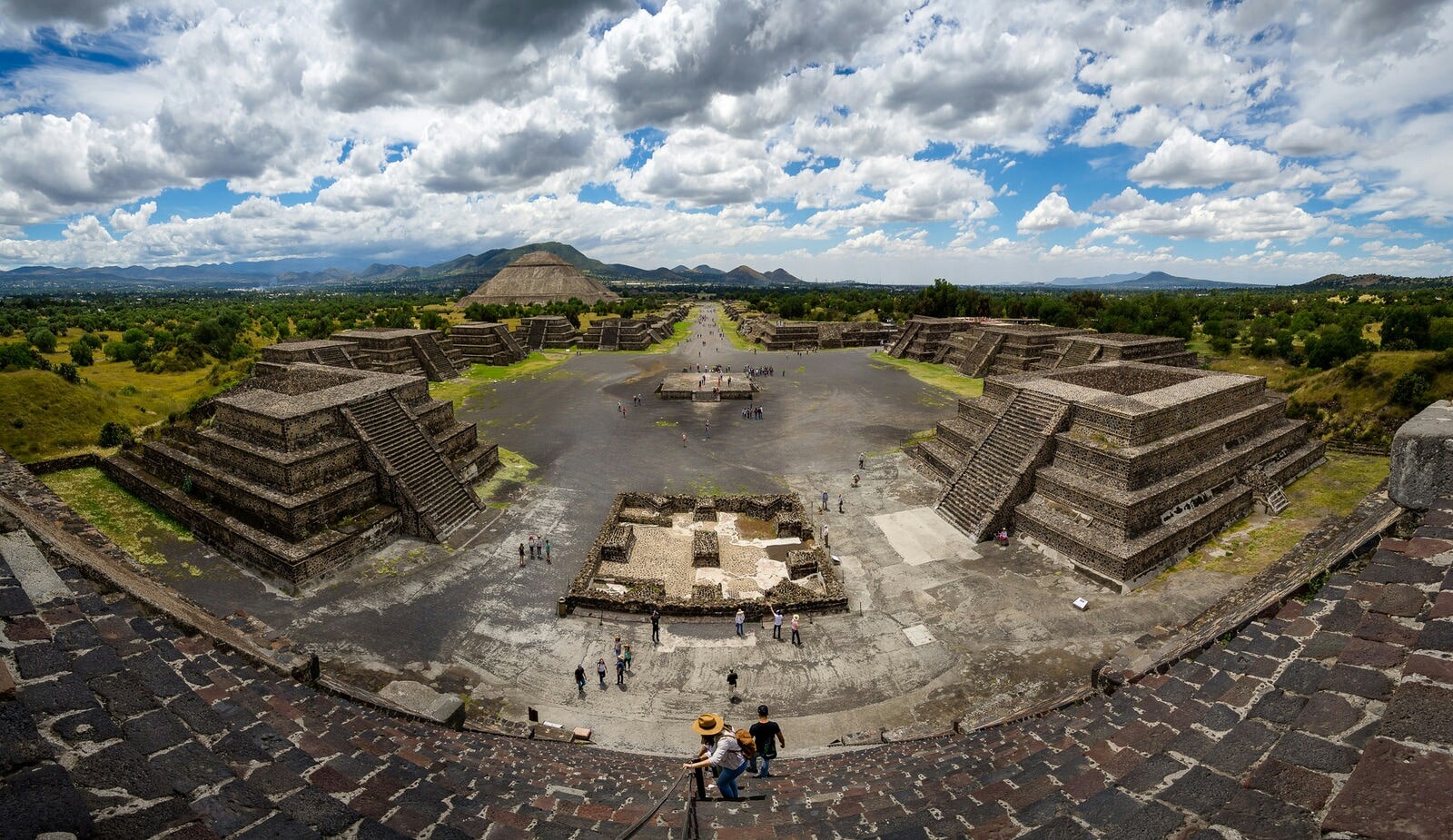
Mexico City’s museum scene is on point. With 150 museums to choose from, there’s something for everyone. Some of the most popular:
You definitely don’t want to miss Mexico City’s famous street art. Roma and Condesa are great places to start. Added bonus: Going on a street art crawl is a great, non-touristy activity in Mexico City.
The Mexico City subway is fast, safe, and extensive. It runs from early morning to midnight, and at about 30 cents per ride, it’s a great deal. It can get crowded, however, and like most mass transit systems, there is a risk of pickpockets—so keep your belongings close.
Pro tip: Women in Mexico City can ride on the women/children only cars, usually at the front of the train.
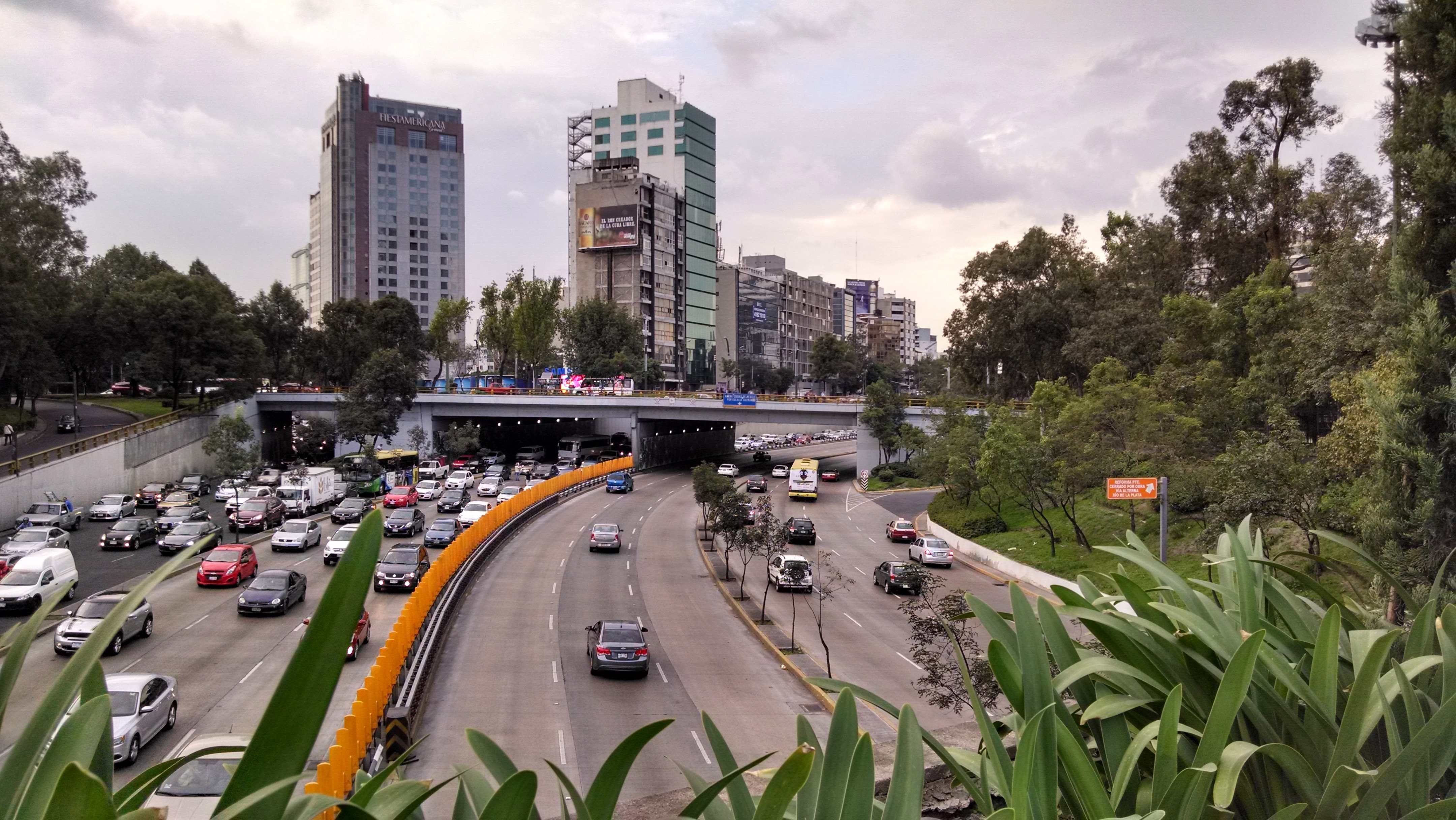
Although Mexico City has made great strides in combating taxi crime, it’s just easier and safer to call an Uber. For starters, you don’t have to speak much Spanish, and the cost is made clear on your phone. You’ll avoid being overcharged or otherwise scammed.
When it comes to ordering Ubers and posting stories to Instagram, having a phone is important. Verizon and AT&T offer domestic plans that include travel to Mexico, so you may already be covered. Check with your carrier—if your plan doesn’t cover additional travel, they’ll likely have travel deals for a couple of dollars a day.
Pro tip: This will definitely be worth it at 2 am when you just want to call an Uber to your hotel.
If you’re wondering where to eat in Mexico City, the answer is… basically everywhere. The food in Mexico City is incredible—especially street food like tacos al pastor, tamales, and mole. Seriously, for many travelers, it’s the highlight of their whole trip.
You’ll find great food in restaurants too. Obviously, go for the Mexican food, but feel free to explore! Some of the world’s best restaurants are in Mexico City.
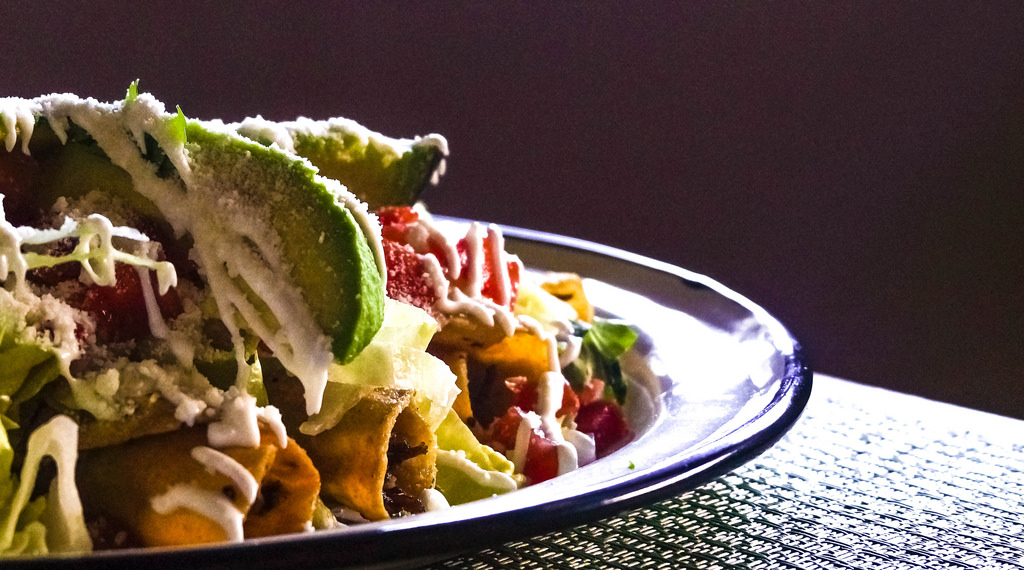
Did someone say? Sí, —definitely treat yourself to a margarita while in Mexico City. But don’t stop there: Mexico City has A LOT more to offer than just margaritas. Explore the growing craft beer scene, taste a creative cocktail made by some of the world's best bartenders, or cool down with a michelada—Mexican beer mixed with fresh lime, hot sauce, and soy sauce. Unsurprisingly, the tequila and mezcal are unparalleled.
Pro tip: There’s a literal Museum of Tequila and Mezcal. Go there.
No matter where you fall on the “keep it classy” spectrum, you’ll find something to please you in Mexico City’s vibrant and varied nightlife. Whether you’re looking to sip high-quality tequila or dance to the music of a mariachi band, you can find it in Mexico City. There are also tons of speakeasies, salsa clubs, and other places to visit
Pro tip: keep in mind that Mexico City is at a high altitude, so depending on your sensitivity, one drink can go a long way.
Wondering about the best time to go to Mexico City? Stop wondering—no matter when you’re visiting, you picked the right time! Here’s a breakdown of Mexico City’s weather season-by-season:
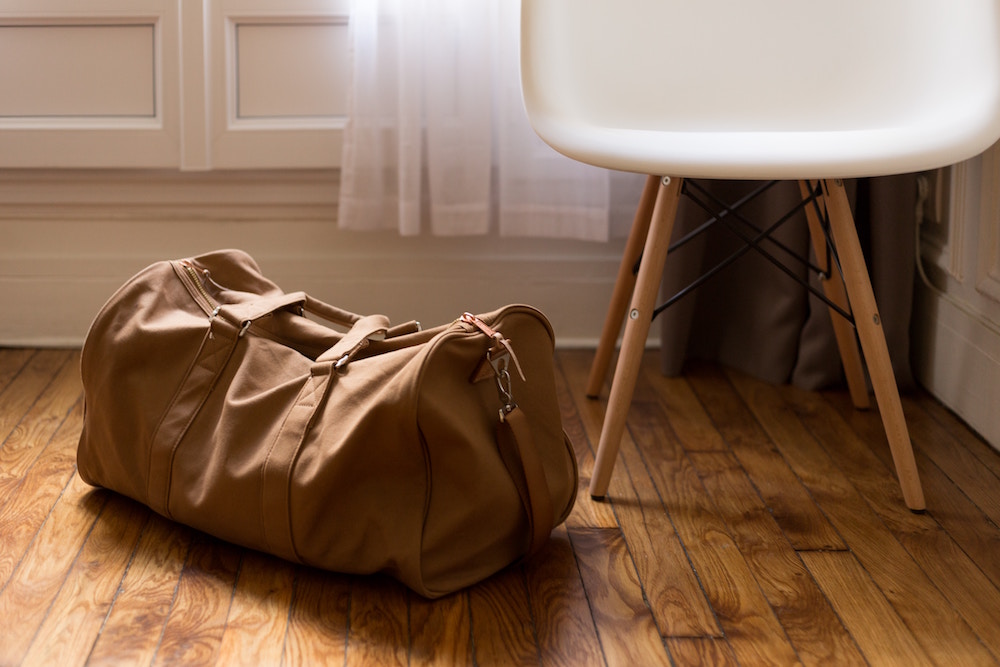
Yeah, it’s Mexico, but Mexico City is far away from the beach. Perched on a desert plateau, the weather can get chilly at night (and during the day, depending on when you visit) so bring layers.
Plus, Mexico City is very fashion-forward —so don’t be afraid to bring your stylish A-game.
Pro tip: If you’re planning on taking a day trip and/or scaling some pyramids, pack athletic wear and good walking shoes.
Mexico uses the same outlets that are used in the United States, so no adapter is necessary.
Mexican pharmacies (farmacias) can help treat minor ailments. Sanborns is an example of an upscale pharmacy, but farmacias come in a variety of sizes. Some hotels also have doctors on site. Medical travel insurance is a good idea since your insurance may or may not cover you abroad.
Mexico City has been rattled by big earthquakes a handful of times in its history. Although an earthquake striking during your trip is extremely unlikely (the risk is probably comparable to visiting somewhere, like, Seattle) know what to do just in case.
If there is a quake, make a beeline for one of the “puntos de”: green circles or squares on the street that indicate a gathering spot after an emergency.
Most big tourist destinations (museums, popular restaurants, hotels) employ English speakers. If you dash into a corner store or order food from the street, however, knowing a few Spanish phrases will help. One of the most common Mexico City travel FAQs is about which phrases you need to know. Some that we recommend memorizing:
Spanish English
Me llamo … My name is…
Donde esta el baño? Where is the bathroom?
Me puede ayudar? Can you help me?
No hablo Español. I don’t speak Spanish.
Habla Inglés? Do you speak English?
Hola Hello
Gracias Thank you
--
Whew! You’re ready for the trip of a lifetime. And since you don’t want to spend hours planning your trip only to find you’ve missed out on the REAL Mexico City, make sure to get in touch with Project Expedition before you start.
How should we contact you?
Call
Thank you! We'll get back to you as soon as possible!
Click to register and track your question!
If you would like to follow up with us:
+1 (855) 782-3006